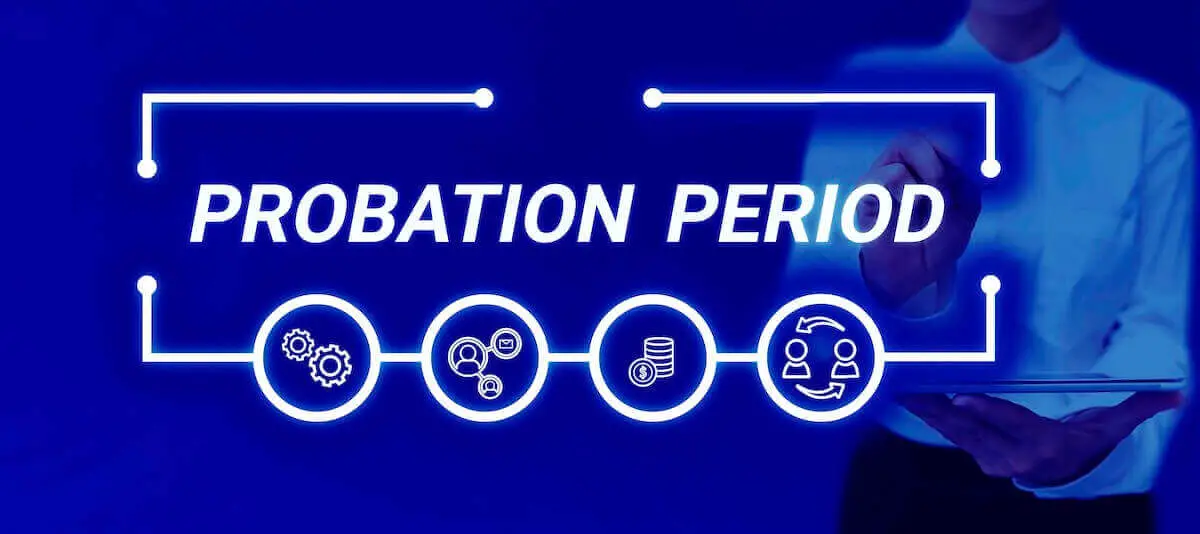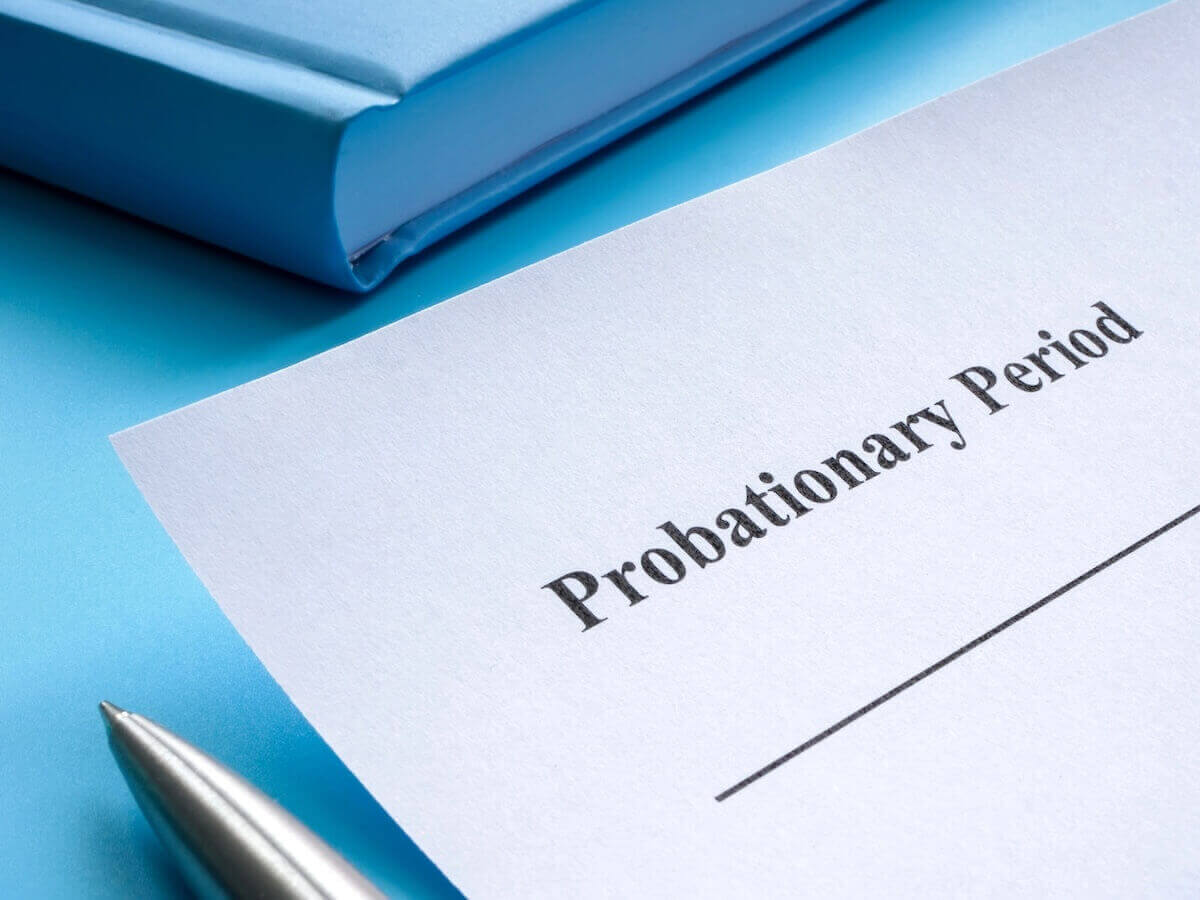OPM Guidance on Probationary Period Executive Order
On April 24, 2025, President Trump signed an Executive Order entitled “Strengthening Probationary Periods in the Federal Service,” introducing significant changes to the probationary and trial periods for Federal employees.
The Office of Personnel Management (OPM) has now issued guidance to agencies on implementing the Executive Order. The guidance provides more specifics on changing how the probationary period will work under the new Executive Order.
The effect of the Order and the new OPM guidance is that it will be even easier for the government to terminate a probationary federal employee.
Probationary Period Is the Final Step in Federal Hiring Process
Under the Pendleton Act of 1883 and the Civil Service Reform Act (CSRA) of 1978, a probationary period has been considered the final step in the hiring process. The purpose was to assess an employee’s suitability for permanent federal employment before the government awarded the employment protection process given to career federal employees.
The Clinton Administration’s Reinventing Government Initiative was intended to create a more efficient, customer-focused, and cost-effective federal government by streamlining operations, reducing bureaucracy, and empowering employees. It significantly increased agencies’ authority to make decisions through decentralized management, relaxed regulations, and performance-based approaches.
According to the National Performance Review (NPR), by the end of fiscal year 2000, the federal civilian workforce had been reduced by 426,200 positions. This reduction was achieved through streamlining operations, attrition, eliminating unnecessary programs, and offering voluntary separation incentives.
The Federal Personnel Manual (FPM) was discontinued by then-Vice President Al Gore, accompanied by considerable publicity aimed at highlighting the discretion agencies were being given to create a more effective government.
The initiative targeted overly prescriptive regulations, particularly in personnel and procurement. Agencies were given greater flexibility to adapt their hiring, budgeting, and contracting processes to meet their specific needs. The FPM, a rigid guide for taking personnel actions, was phased out by 1993, and instead, agencies were encouraged to develop more flexible human resources policies.
While the defined appeal process for probationers was already very limited, in part due to the efforts of the Clinton administration, the process of terminating a large number of federal employees still in their probationary process has had issues as the Trump administration was using it.
Legislative Authority and Legal Challenges
The new OPM guidance cites a 1978 Senate Report related to the CSRA—a precursor to the Reinventing Government initiative under President Clinton. The new OPM guidance addresses the intent of Congress regarding probationary periods for federal employees. The report indicates that Congress wanted agencies to have the authority to separate employees who were not performing well during the probationary period, as it was intended to be an extension of the examining process.
The guidance cites the authority of the President to “take action as nearly as conditions of good administration warrant for a period of probation—
(1) before an appointment in the competitive service becomes final; and
(2) before the initial appointment as a supervisor or manager becomes final.”
It is not unusual for OPM to cite legislative authority for issuing guidance to agencies. More recently, virtually all actions taken by the President or OPM are immediately challenged in court, so it may be going further in outlining executive authority for this action than has been done previously. OPM is likely anticipating that this guidance will also be challenged and is preparing to provide legal authority to any or all district courts in which a challenge is filed promptly.
The guidance states that the purpose of this is to remove “inappropriate regulatory barriers
that inhibited agencies from fully utilizing probationary periods.” To achieve this, the guidance outlines several changes.
Significant Changes in Federal Probationary Period
There is no longer a requirement that an agency provide a terminated probationer with “the agency’s conclusions as to the inadequacies of his performance or conduct.” Also, requirements for notifying competitive service probationary employees of the reasons for a proposed adverse action based on pre-appointment conditions are no longer applicable.
According to the guidance, it is easier to terminate a probationary employee as agencies may decide not to provide career employment for a probationary employee for reasons unrelated to performance or conduct, including the operational needs of the agency.
To make probationary employment termination even easier, there are no longer requirements for notifying competitive service probationary employees of the reasons for a proposed adverse action based on pre-appointment conditions.
Agencies are to consider four factors to assess an employee’s continued employment “in their sole and exclusive discretion:”
- the employee’s performance and/or conduct;
- the needs and interests of the agency;
- whether the employee’s continued employment would advance the organizational goals of the agency or the Government; and
- whether the employee’s continued employment would advance the efficiency of the service.
Probably as a result of a court decision concluding that an agency had to terminate a probationary employee and that OPM did not have this authority, the new guidance states that if an agency fails to certify a person’s “continued employment would benefit the Federal service” due to administrative error, an agency head has the option to petition the Director of OPM within 30 days of the termination to reinstate the employee.
Applicability of New Regulations to Current Employees
Based on the new guidance, “when terminating a probationary or trial period employee, agencies are no longer required to provide notice that his or her unsatisfactory performance or conduct is the basis for the termination, or written notice ‘specifically and in detail’ for the proposed action when the termination is based, in whole or part, on conditions arising before appointment.”
The new probationary requirements apply to current federal employees consistent with the new requirements of the Executive Order for notifying the employee whether the employee’s continued employment would advance the public interest, the organizational goals of the agency, and the efficiency of the service, as well as the employee’s conduct and performance.
The OPM guidance notes agencies should communicate any changes and new agency procedures to current employees serving probationary/trial periods. Additionally, agencies should inform supervisors, managers, and human resources practitioners of these policy and process changes and their roles and responsibilities in executing these provisions.
What About Excepted Service Employees?
Excepted service employees are employees who are outside the traditional career civil service system. For example, excepted service employees are often those in policymaking or those who influence an agency’s policies.
The new Executive Order establishes a new trial period for these employees. Agencies often have the authority to establish trial (or probationary) periods for positions in the excepted service. The new Executive Order now requires trial periods for the excepted service and sets the standards for those trial periods. This may become more important to federal employees in the near future as the number of employees in this category is likely to expand to include more current employees.
Sample Notices to Employees
The new guidance contains sample notices for agencies to issue to employees. For example, one template is the “Sample Notification to Employee to Certify an Employee’s Appointment Advances the Public Interest.” It contains the name and signature of an agency’s certifying official and an employee’s acknowledgement of receipt of the certification.
Another template is the “Sample Termination Notice to Probationary/Trial Employee”. It notifies an employee that this “serves as notice that (Insert Agency Name) has decided not to certify your continued employment with (Insert Agency Name). Your effective termination date will be (Insert Date).” It also requires the name and signature of the agency official issuing the notice.
Appeal Rights of Probationary Employees Who Are Terminated
The Executive Order removed the Merit Systems Protection Board’s (MSPB) jurisdiction to adjudicate appeals from terminated probationary employees, while allowing the OPM Director to establish by regulation appeals procedures for terminated probationary or trial period employees.
What Happens Next?
OPM now directs agencies to file an initial report detailing their plans for implementation including:
- The agency’s plan for implementing the certification requirement,
- The agency’s plan to train supervisors and Human Resources practitioners on the EO’s requirements, and
- The agency’s progress towards fulfilling the steps set in Section 5 of the EO (such as appointing designees), to [email protected] by May 16, 2025.
The new Executive Order and the new OPM guidance address many of the issues or challenges raised in federal courts regarding the termination of probationary employees. It is unclear how this legal process will eventually be resolved or how the recent actions by the administration will impact the efforts to optimize or downsize the federal government. This does mean that the process is not yet complete and will likely continue for some time.





